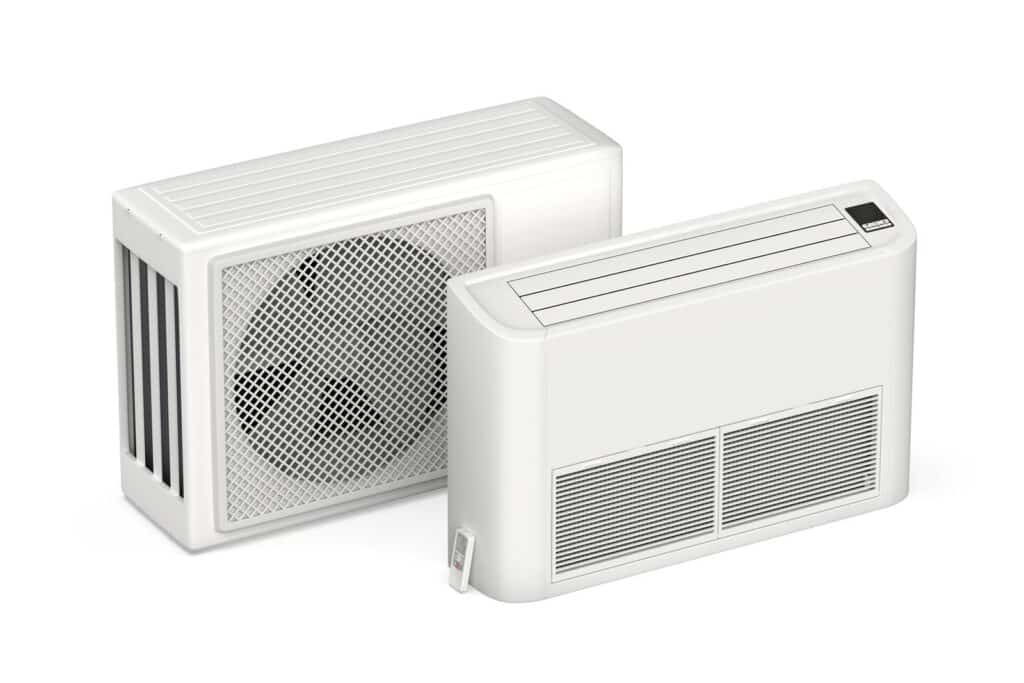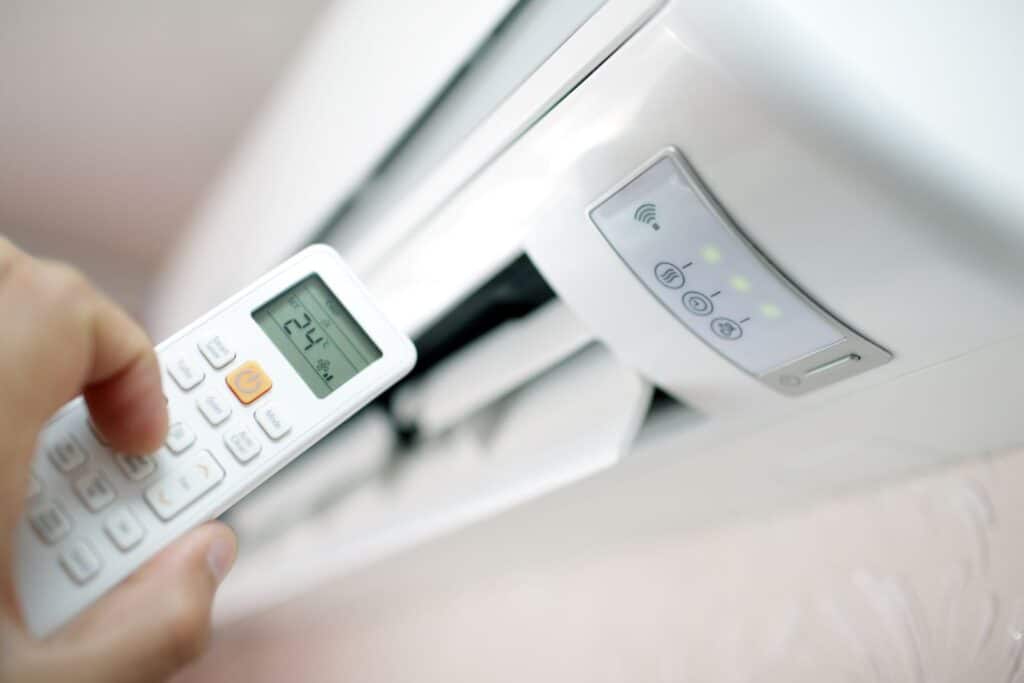Installing a heat pump system in Palmerston North homes offers homeowners an efficient solution for year-round temperature control. This comprehensive guide explores the key considerations, options, and processes involved in heat pump installation for local residents.
Understanding Heat Pump Technology
Heat pump systems operate on a fundamentally different principle compared to conventional heating methods. Rather than creating thermal energy through combustion or electrical resistance, these systems relocate existing heat from one location to another using refrigeration technology.
During colder months, the system captures thermal energy from outdoor air, even at temperatures that feel cold to humans, and concentrates this energy indoors through a refrigerant cycle. When temperatures rise, the process reverses, extracting warm air from interior spaces and releasing it outside, providing cooling functionality.
This heat transfer mechanism allows the systems to produce significantly more thermal energy than the electrical power they consume, typically generating three to four times more heating or cooling capacity than their electricity usage. This exceptional efficiency ratio makes them substantially more economical than traditional heating methods.
Contemporary models incorporate variable-speed inverter technology, enabling continuous operation at different capacity levels rather than simple on-off cycling. This results in more consistent indoor temperatures and reduced energy consumption while extending equipment lifespan.
Given Palmerston North’s climate variability, from cold winter conditions to warm summer weather, this dual-function capability eliminates the need for separate heating and cooling equipment.
Available Heat Pump Categories
Homeowners considering heat pump installation have several air conditioning system types to evaluate, each suited to different property characteristics and cooling/heating requirements.
Split System Air Conditioners represent the most popular choice for New Zealand homes. These consist of an indoor unit mounted on the wall and an outdoor compressor unit, connected by refrigerant lines. They’re ideal for cooling and heating individual rooms or open-plan living areas. Installation is relatively simple, making them cost-effective for most Palmerston North properties. These systems excel at providing precise temperature control for specific zones within the home.
Multi-Split Systems allow multiple indoor units to connect to a single outdoor unit, enabling climate control across several rooms simultaneously. This configuration works well for homes where ducted systems aren’t practical but multiple room coverage is desired. Each indoor unit can be controlled independently, providing customised comfort levels throughout different areas of the property.
Ducted Air Conditioning Systems distribute conditioned air throughout the entire home via a network of ducts installed in ceiling or floor cavities. These systems provide whole-home climate control from a central indoor unit, offering seamless temperature management across all living spaces. While requiring more extensive installation work, ducted systems deliver superior aesthetic appeal with only discrete vents visible in each room.
Cassette and Console Units offer alternative mounting options for specific architectural requirements. Cassette units install flush with ceiling tiles for commercial-style applications, while console units mount at floor level, suitable for rooms where wall mounting isn’t feasible. Both provide effective room-by-room climate control with different aesthetic considerations.
Understanding these distinctions helps homeowners select systems that align with their property characteristics, budget constraints, and performance expectations.

Importance of Professional Installation Services
Proper installation is critical for optimal system performance, efficiency, and longevity. Amateur or substandard installations frequently result in reduced efficiency, higher operating costs, and premature equipment failure.
Common installation errors include incorrect sizing calculations, improper electrical connections, inadequate refrigerant line installation, and poor outdoor unit placement that restricts airflow. These mistakes can significantly impact system performance and may void manufacturer warranties.
Installation issues like poor placement or incorrect sizing often don’t show up until winter, when performance drops and energy bills spike. For more on this, see our guide on costly heat pump mistakes most people make during winter.
Licensed electrical contractors with heat pump specialisation ensure installations meet safety standards, building codes, and manufacturer specifications, maximising system efficiency and reliability.
Installation Process Overview
Professional heat pump installation typically follows a structured approach:
Initial Assessment Phase: Qualified technicians conduct comprehensive property evaluations, including heating and cooling load calculations, to determine appropriate system sizing. They assess optimal placement locations for both indoor and outdoor components, considering factors such as airflow, accessibility, and aesthetic preferences.
Site Preparation: If replacing existing equipment, technicians safely remove old systems and prepare installation areas. This may involve electrical upgrades, mounting bracket installation, or minor structural modifications.
Equipment Installation: Teams position and secure indoor and outdoor units, install refrigerant piping and electrical connections, and configure control systems. Proper refrigerant line installation is particularly critical for system efficiency and reliability.
System Commissioning: Following installation, technicians perform comprehensive testing to verify proper operation, including refrigerant pressure checks, electrical system verification, and performance testing across different operating modes.
Client Education: Installers provide homeowners with operation instructions and maintenance guidance to ensure optimal long-term performance.

Advantages of Heat Pump Installation
Palmerston North residents gain numerous benefits from heat pump installation. Energy efficiency represents the primary advantage, these systems typically consume 70-75% less electricity than conventional electric heating while providing equivalent comfort levels. This efficiency translates directly into reduced utility bills, particularly significant during Palmerston North’s cooler months.
Environmental benefits are equally compelling, and by utilising electricity rather than direct fossil fuel combustion, heat pumps will substantially reduce household greenhouse gas emissions. As New Zealand’s electricity grid increasingly incorporates renewable sources, this environmental advantage continues growing.
System versatility proves especially valuable given the region’s diverse weather patterns. A single installation provides both heating and cooling capabilities, eliminating the need for separate seasonal equipment. Summer operation delivers cool, dehumidified indoor air, while winter operation provides consistent, comfortable warmth.
Indoor air quality improvements often accompany heat pump installation. Many models include filtration systems that actually reduce airborne particles, allergens, and pollutants, particularly beneficial during high pollen periods. Unlike combustion heating methods, heat pumps don’t introduce combustion byproducts or excess moisture into living spaces.
Maintenance requirements remain minimal compared to alternative heating systems. Regular filter cleaning and annual professional service checks are usually enough to maintain your systems optimal performance for 15-20 years or more.
Professional Service Selection
Choosing qualified installation professionals will significantly impact a systems performance and it’s longevity. Homeowners should prioritise contractors who have the appropriate electrical licensing, heat pump specialisation, and comprehensive insurance coverage. Also local experience with Palmerston North building styles and climate conditions proves valuable for optimal system design and placement.
Reputable contractors provide detailed quotes, explain system options clearly, and offer transparent pricing without hidden charges. They should also provide warranty coverage for both equipment and installation workmanship.
Investment Considerations and Costs
Heat pump installation costs can vary considerably based on the system type, it’s property characteristics, and the installation complexity. While initial investments may exceed conventional heating system costs, long-term energy savings typically offset higher upfront expenses within several years.
System Cost Ranges:
- Single-room wall-mounted units: approximately $2,000-$5,000, including the installation cost
- Multi-zone ducted systems: $8,000-$25,000+, depending on coverage area and complexity
- Typical residential installations: $5,000-$12,000 for most Palmerston North homes
Government Assistance Programs:
The Energy Efficiency and Conservation Authority (EECA) administers the Warmer Kiwi Homes program, offering substantial financial assistance for eligible homeowners:
- Heating system grants: up to 90% cost coverage for qualifying households, typically capped at around $3,500
- Combined with insulation upgrades, additional funding is available for comprehensive home efficiency improvements
Eligibility requirements include home age (pre-2008 construction), existing insulation standards, income qualifications, and absence of existing efficient heating systems.
Operating Cost Benefits:
Heat pump operating costs typically range from 4-15 cents per kWh of heating delivered, compared to 20-40 cents for traditional electric heating methods. Combined with government incentives, most installations achieve positive return on investment within 3-5 years.
Long-term Financial Benefits:
- Reduced electricity bills (often 60-80% heating cost reduction)
- Increased property values
- Decreased maintenance expenses compared to combustion heating systems
- Potential for further savings as electricity rates become more competitive with fossil fuel alternatives
Making the Investment Decision
Heat pump systems represent excellent long-term investments for Palmerston North homeowners seeking improved comfort, reduced energy costs, and environmental sustainability. The combination of proven technology, government incentives, and long-term energy savings makes heat pump installation an attractive option for most residential properties.
Homeowners considering this upgrade should consult with qualified local contractors to assess their specific requirements, explore available options, and develop installation plans that maximise comfort, efficiency, and value for their particular circumstances.




